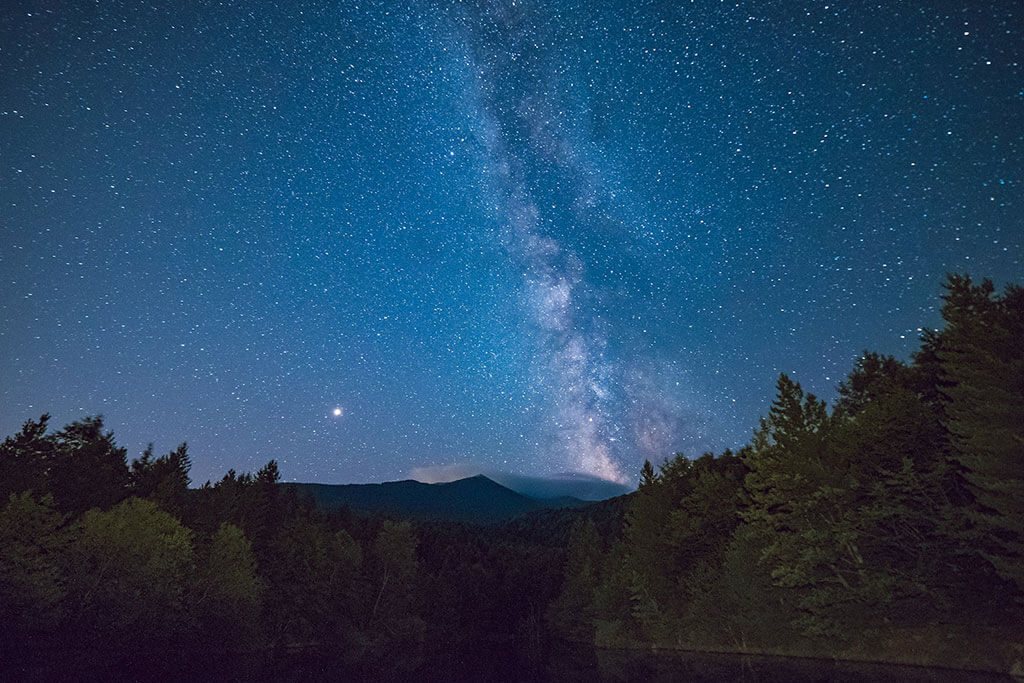
19
February
Clarington Public Library: Winter WonderLearn
The RASC - Toronto Centre will be an active participant at the annual Winter WonderLearn held in Courtice. Indoors, we will talk astronomy to visiting families, show young astronomers how to use planispheres, distribute literature and, weather permitting, show the sun with our solar scopes outside.
This Family Day, your family can enjoy a free day of fun at a festival designed to get you active, learn something new, and enjoy time together!

19
March
March Recreational Astronomy Night
Our monthly recreational astronomy meeting at the Ontario Science Centre with the sky this month, adventures under the southern skies and the Kerbal space program.

27
February
BeSpatial: Cup of Space Cafe Series - Stars
Ever looked at the night sky and wondered, is that a star or a planet? Why are there so few stars over Mississauga? How far is the nearest star, or what is the nearest star to us?
Join us as we explore the various classification types of stars, and learn how stars form or evolve. We also look at how hot or cold can stars get and more!

27
February
RCIS: 2017 Fleming Medal Presentation and Lecture with Dr. Pierre Chastenay
Meet one of Québec's most celebrated science communicators, Dr. Pierre Chastenay.
The Royal Canadian Institute for Science recognizes Dr. Chastenay’s outstanding contributions to the public understanding of science with the 2017 Fleming Medal.
The medal presentation is followed by a talk given by Dr. Chastenay about the work he does and what drives him to do it. This talk explores the importance of teaching science properly and making science accessible to everyone.

28
February
ASX Star Talk: Exploring Space from Earth with Dr. Marianne Mader
Learn how planetary scientists explore other planets here on Earth, through comparative planetology and meteoritics, and how we are preparing for future space missions by conducting terrestrial analogue missions.

28
February
McMaster: Science on Tap Hamilton
Join scientists from McMaster University’s Physics and Astronomy Department for an entertaining night filled with scientific discussion, trivia, and beer. At Science on Tap, you’ll have the opportunity to interact with researchers in various scientific fields as they present some of science’s most intriguing phenomena. There will be plenty of time to ask questions while the scientists are on stage, or afterwards over cold pints. Come try this educational twist on a night out at the pub.
Admission is FREE!

6
March
Canada Council for the Arts: Imagining New Frontiers: Celebrating 50 Years of Groundbreaking Research
Join the Canada Council for the Arts for this special anniversary event featuring acclaimed winners of the Killam Prize. In an insightful panel discussion, three of Canada’s leading researchers will address the importance of creativity and imagination in the field of research, and the societal impact of their work in today’s world.
The event is moderated by Paul Kennedy, Host of CBC Radio Ideas.
Panelists:

1
March
UofT AstroTour: Cold out there, eh? The Climates of Alien Worlds
A central question for humanity has long been “are we alone, and what is our place in the universe?” This fundamentally human question has motivated much of astronomy. The recent discovery of a plethora of exoplanets has raised the tantalizing possibility that we might start to answer that question. Searching for alien communications and chemical signatures of life represent two approaches to answering that question–but a third option also exists.

8
March
Perimeter Institute: Inspiring Future Women in Science 2018 (WEBCAST)
Celebrate International Women’s Day with a live webcast event featuring inspiring talks by women currently working in science, technology, engineering, and math.

8
March
McMaster Space Initiative: Space Industry Night
Always wanted to work in the space industry? Looking to explore new and exciting career paths?
Come speak to industry professionals about how you can get involved in the space industry with guests from MDA, Skywatch, VanWyn, and more! We have a great line up of panelists to start off the event consisting of McMaster students and alumni who currently work in industry to share their experience and advice. Light refreshments will be provided.
